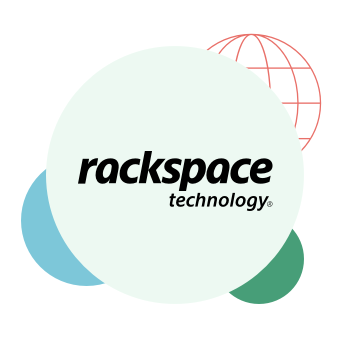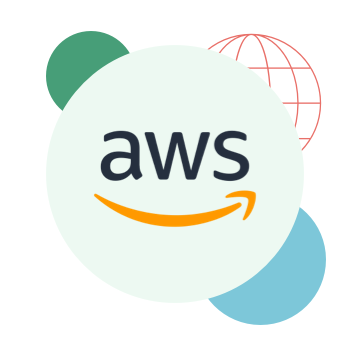

This figure is rising as digital demand increases. However, by utilising cloud-based services for our hosting we are sharing resources and facilities, which reduces the number of duplicate, energy-hungry single-use servers.
We are conscious that site hosting will have an impact on Infotex’s carbon footprint and that of our clients. Because of this we are always looking to make sure our technical partners have, or are, taking steps towards sustainability. Our monitoring systems also help us to ensure that we are using these resources effectively and by considering performance as an objective in all projects we minimise the resources each website consumes.


"Green hosting isn't just an option; it's a responsibility. We have to consider sustainable practices when chosing our suppliers to minimise our environmental footprint and ensure a greener digital future for all."
Rackspace’s approach to the environment is straight-forward: they aspire to give back more than they take from the planet.
In 2019, Rackspace reviewed its energy strategy and opted to focus resources and efforts on energy reduction instead of purchasing carbon offsets.
Rackspace’s UK data centres LON3 and LON5 (where all of Infotex’ servers run) are powered by 100% renewable energy.
Rackspace publishes an Environmental, Social and Governance Report and a Carbon Reduction Plan showing steps they are taking to be net-zero across all their global sites by 2045.
Their commitment to a greener business isn’t just limited to energy. They have a host of creative ways to minimise waste in offices, such as composting coffee grounds and shipping pallets, refurbishing retired IT equipment for aftermarket use, collecting HVAC condensate to maintain landscaping and operate cooling towers.
As part of their route to net zero, they have been publishing a greenhouse gas emissions inventory every year since 2008, covering their global operations.
For further details visit Rackspace’s Corporate Responsibility section of their site.

Amazon Web Services (AWS) already purchase an equivalent amount of renewable energy such that their entire global operations effectively run on renewable energy. The London and Ireland based AWS (where we host our sites and systems) are currently powered by 95+% renewable energy.
Amazon are already the world’s largest corporate purchaser of renewable energy at over 7GW per year in Europe alone. As part of this, they are a partner in the UK’s largest wind power resource located in Kintyre Peninsula, Scotland and in 2024 brought online a further 473MW of power from UK wind farms.
Amazon publish an annual Sustainability report which shows their current status on a wide range of related topics and included the stat that in 2023 their carbon intensity reduced by 13% globally.
Amazon provides a Customer Carbon Footprint Tool which allows us to monitor our own carbon emissions and how those would compare to running on-premise computing equivalents – cloud computing can be 80% more efficient in this respect.
For further details visit Amazon’s Sustainability in the Cloud section of their site.
It’s not only carbon emissions that AWS monitor, but their water stewardship programme aims to be water positive (that is returning more water to communities than they use) by 2030.

All of iomart’s data centres are powered by 100% renewable energy. They continuously evaluate sites to continue to reduce emissions, such as looking at how waste heat can be turned back into usable power. This project won them the ‘Best Use of Emerging Technology’ from the Digital City Awards in March 2022.
In 2022 iomart developed a Carbon Roadmap to help understand their Scope 1 and 2 GHG emissions, and set carbon reduction targets. They also comply with ISO50001 Energy Management to reduce energy usage.
Infotex are currently in the midst of transitioning several of our servers to iomart’s latest, more energy-efficient servers.
Further details can be found on iomart’s Environmental, Social & Governance page.

Cloudflare power their operations with 100% renewable energy, and are working to document and account for the remaining emissions footprint. They are also looking to offset or remove all historical greenhouse gas emissions resulting from powering their network by the end of 2025.
Alongside their carbon emissions, they have contractual agreements to resell or recycle decommissioned Cloudflare network equipment at 95% of their data centres, where possible and by using modular server hardware are often able to repair or re-use components from unservicable servers.
Utilising Cloudflare’s Web Application Firewall also generates 90% less carbon than on-premises applications at low-medium traffic demand.
Their latest, 12th generation servers are 63% more energy efficient than their predecessors.
By using Cloudflare’s local caches, data is served from a geographically local location with minimal processing, which further reduces both the energy used by the originating web server and processing the internet bandwidth.
Further details on Cloudflare’s sustainability steps can be found on the Impact section of their website.
Last updated 30 January 2025
Discover how our team can help you on your journey.
Talk to us today